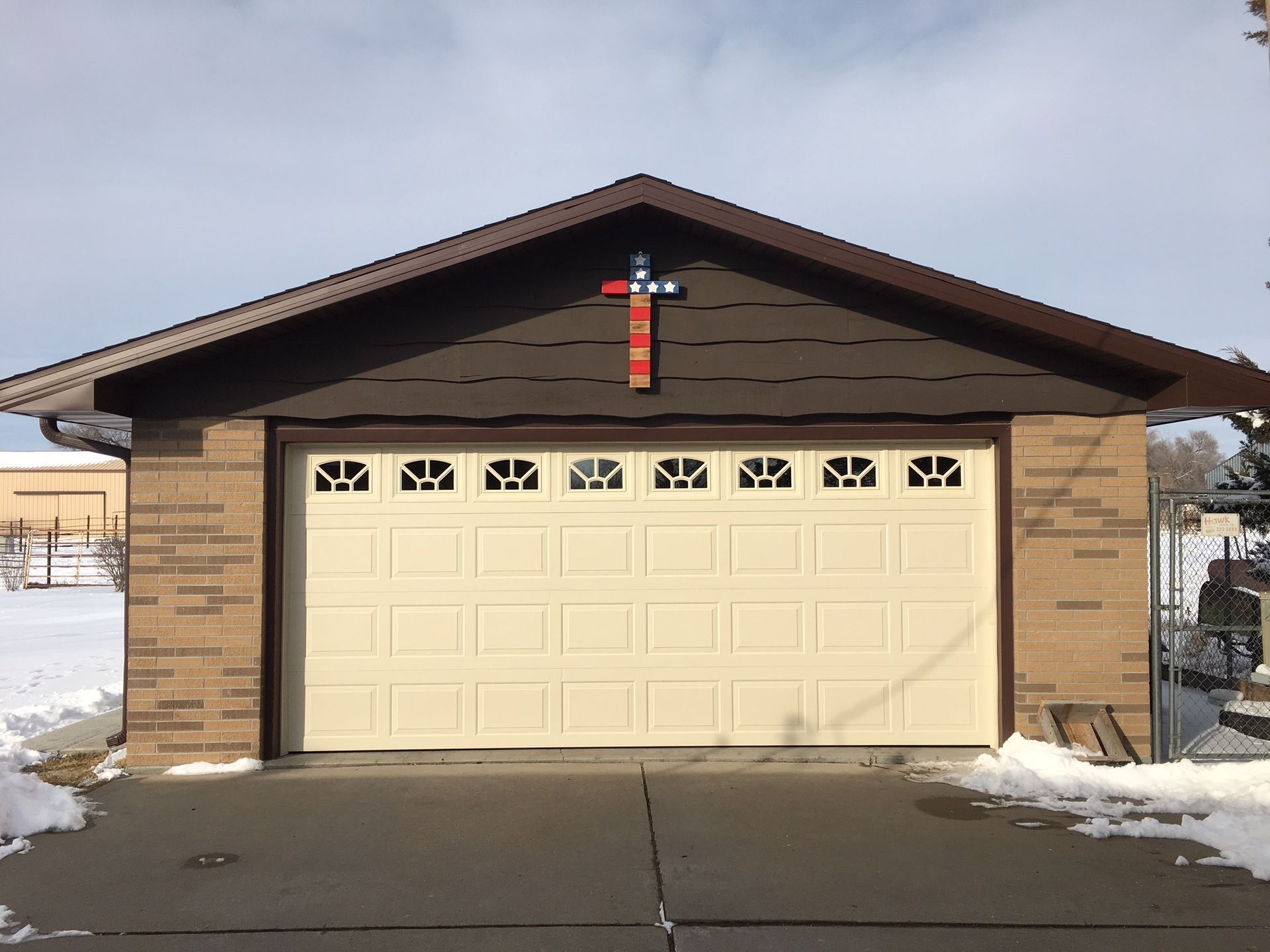Your overhead door does more than just provide entry and exit; it protects your home, keeps energy costs down, and adds value. But like any mechanical system, it needs care. Ignoring subtle issues can lead to expensive fixes—or worse, a door that fails completely. Let’s explore the top 5 signs your overhead door might need repair and why addressing issues promptly is essential.
When Your Door Gets Noisy
Does your overhead door creak, rattle, or make high-pitched noises? These sounds are not just annoying—they’re a cry for help. Unusual noises can indicate issues with the door’s torsion springs, rails, or motor. Left unchecked, these small problems can escalate into serious breakdowns.
Your Door Hesitates?
If your overhead door is slow to open or close, it might be due to aging parts or electrical issues. A door that delays could pose a safety risk, especially if it fails while in use. Timely intervention can get it back to working efficiently.
Uneven Door Panels
Have you noticed misaligned or drooping areas in your overhead door? This is often a sign of structural weakness or tension issues. Beyond being unsightly, sagging can compromise your door’s security and insulation capabilities.
Your Door May Be Wasting Energy
A poorly fitted or insulated overhead door can let air escape, making your HVAC system struggle to maintain temperatures. If you’ve noticed your energy bills rising unexpectedly, your garage door could be the culprit. Repairing or upgrading your door can save you money in the long run.
Visible Damage?
Bumps, cracks, or corrosion are clear indicators that your overhead door has seen better days. While some damage might appear minor, it can lead to bigger issues and make it more prone to failure. Addressing these issues promptly is critical for safety and functionality.
